By Elaina Paniagua
September 11, 2016
 On May 20, 2016, the FDA announced that it has finalized new rules that will make significant changes to nutrition labeling for the first time in more than 20 years. The two final rules that the FDA is issuing pertain to food and supplement labeling as well as a rule that will amend reference amounts customarily consumed (RACCs) and regulations around serving sizes. These changes are made to help consumers make better informed decisions about the food they eat.
On May 20, 2016, the FDA announced that it has finalized new rules that will make significant changes to nutrition labeling for the first time in more than 20 years. The two final rules that the FDA is issuing pertain to food and supplement labeling as well as a rule that will amend reference amounts customarily consumed (RACCs) and regulations around serving sizes. These changes are made to help consumers make better informed decisions about the food they eat.
So how do the new regulations affect you?
There are several changes to the new regulations when it comes to food and supplement labeling, but one of the most pertinent changes are the adjustments to RDIs/DRVs. Seven RDIs increase, sixteen decrease, three remained unchanged, and one was added. For DRVs, three remained unchanged, two increased, two decreased, and one was added. The significance of these changes affect the ability to make nutrient content claims. For example, increased DRVs such as fiber going from 25 to 28 grams can effect what is considered “excellent source,”20% of the DRV is what is needed for manufacturers to claim “excellent source,” however with the new DRV increasing to 28 grams what was considered “excellent” in the past is no longer compliant based on the new standards (i.e. 5 grams of fiber is now only 18% DRV).
When it comes to the changes regarding RACCs and the regulations around serving sizes there are several updates. First, there are 30 changes to the current 159 RACCs, with an additional 25 being added to the list. The FDA’s rational for updating the rule is because they recognize the amount the average American consumes in one sitting has changed since the first established RACCs in 1993. An example of the updates include ice cream which has changed from one- half cup to two-thirds cup, this means consumers will see a higher caloric number displayed based on the new RACC amounts. The new rules will also change how manufacturers label single-serve and multi-serve packages. Under the new amended rule, any food that contains less than 200 percent of the RACC must be labeled as one serving. The new rule also changes multi-serve packages because manufacturers with products that contain 200-300 percent of the RACC will now have to display dual column nutrition facts panels that provide both “per serving” and “per package”. These changes not only affect a manufacturer by needing to verify claims, but it also draws more attention to caloric content as well as other nutrients such as sugar, sodium, and fat on the packages which has been a topic of conversation for some time.
The new updates given by the FDA this year give a two year period for compliance for companies with $10 million or more in sales annually, and three years for companies under the $10 million annually. With both of the final rules becoming effective as of July 26, 2016 manufacturers must begin to look at their levels of compliance based on these new changes and how it will ultimately change the nutritionals and the marketing for their products.
For assistance with your food or dietary supplement labels Contact Us



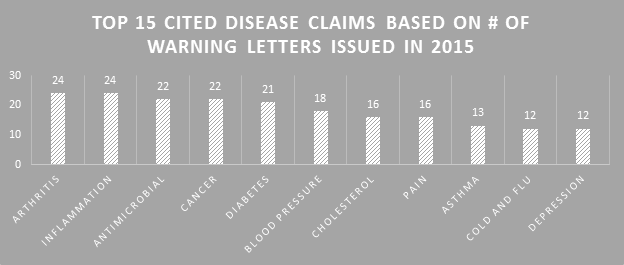
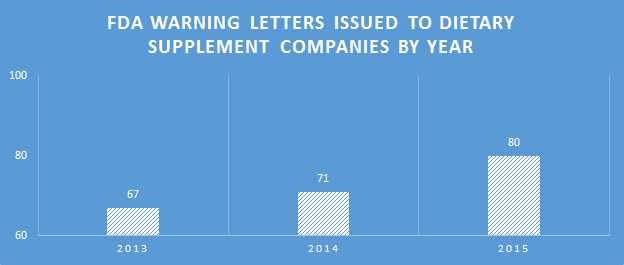

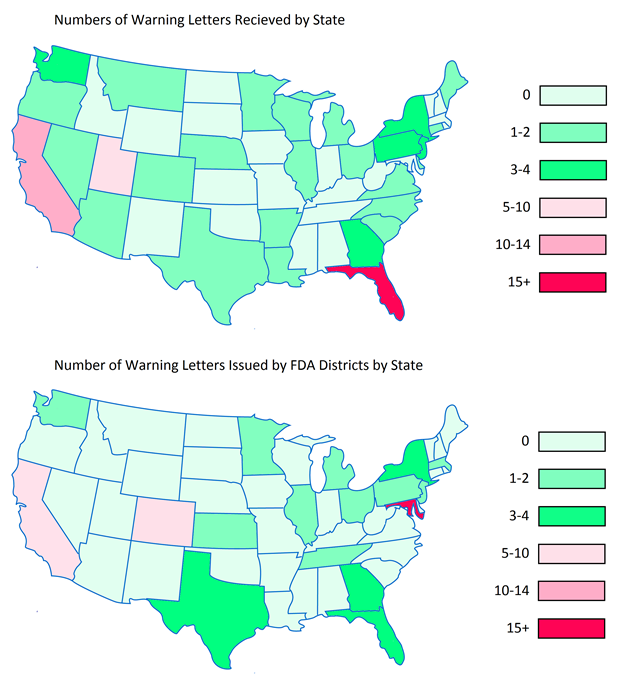
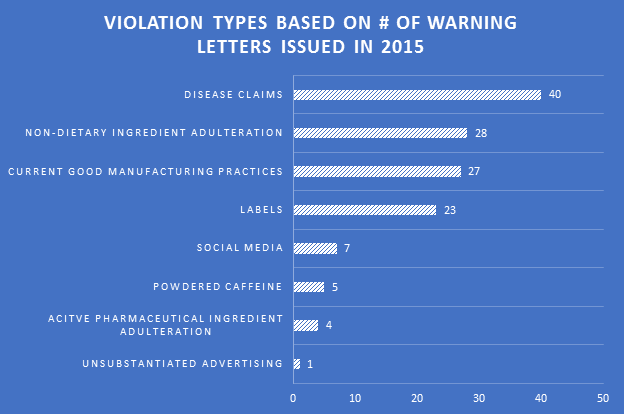


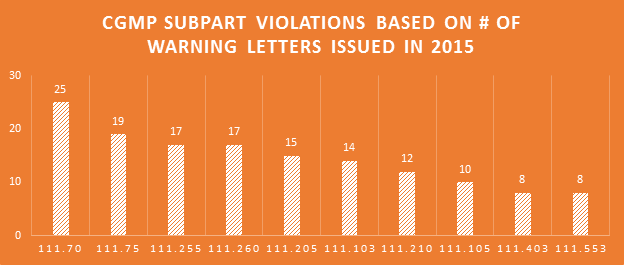

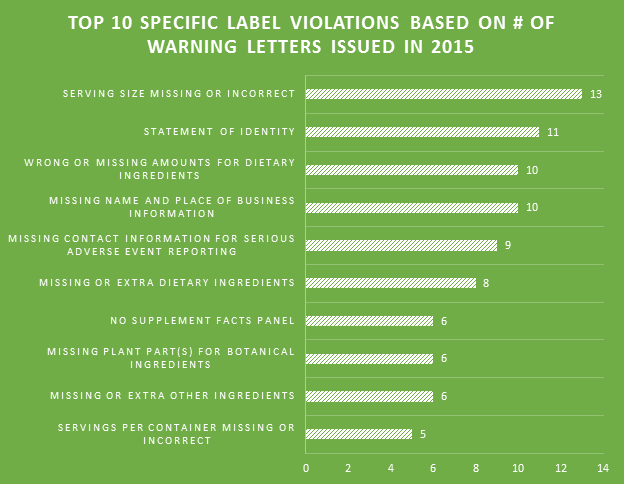

 Communicating the features and benefits of your dietary supplements is a critical success factor. Although this can be done in several ways, the most powerful is usually through the use of structure/function claims. A common misnomer about these claims is that virtually anything can be said as long as the FDA disclaimer language is added to the label or labeling. Unfortunately, this is far from the truth. There are regulations that put significant limitations on what can be said, and it is truly an art to not only saying things compliantly, but also in ways that are meaningful to consumers. Here are some of the most basic aspects of structure/function claims.
Communicating the features and benefits of your dietary supplements is a critical success factor. Although this can be done in several ways, the most powerful is usually through the use of structure/function claims. A common misnomer about these claims is that virtually anything can be said as long as the FDA disclaimer language is added to the label or labeling. Unfortunately, this is far from the truth. There are regulations that put significant limitations on what can be said, and it is truly an art to not only saying things compliantly, but also in ways that are meaningful to consumers. Here are some of the most basic aspects of structure/function claims.
 Many professions require continuing education to keep the professionals in those fields abreast of the trends and evolving research. For us that are involved in dietary supplement regulatory affairs, one of the best unofficial methods of continuing education comes in the form of FDA Warning Letters. A careful reading of these each week not only reminds us of the regulations, but shows us how the FDA is interpreting them, and which issues might be on their radar. In addition, when we are suggesting that our companies or client’s make changes to their manufacturing practices, labels, claims, etc., it can be easier at times to get buy-in when not only the regulations, but also one or more recent FDA Warning Letters can be brought to the discussion table to demonstrate the needs and the associated risks.
Many professions require continuing education to keep the professionals in those fields abreast of the trends and evolving research. For us that are involved in dietary supplement regulatory affairs, one of the best unofficial methods of continuing education comes in the form of FDA Warning Letters. A careful reading of these each week not only reminds us of the regulations, but shows us how the FDA is interpreting them, and which issues might be on their radar. In addition, when we are suggesting that our companies or client’s make changes to their manufacturing practices, labels, claims, etc., it can be easier at times to get buy-in when not only the regulations, but also one or more recent FDA Warning Letters can be brought to the discussion table to demonstrate the needs and the associated risks.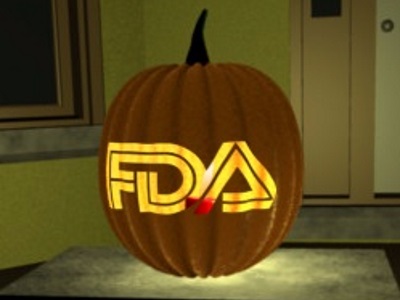
 This month’s article highlights five mistakes in label compliance that we commonly see in our dietary supplement label reviews.
This month’s article highlights five mistakes in label compliance that we commonly see in our dietary supplement label reviews.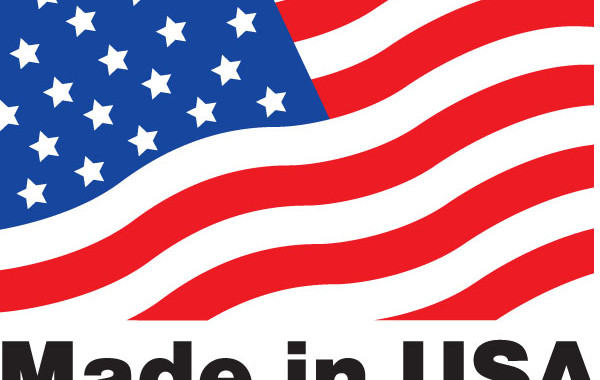
 If you are currently using “Made in USA” claims, either explicitly or by implication with the use of images such as the U.S. flag or map, it might be a good time to review them. Recently, a number of companies have been targeted in California-based lawsuits for non-compliance and potentially misleading consumers.
If you are currently using “Made in USA” claims, either explicitly or by implication with the use of images such as the U.S. flag or map, it might be a good time to review them. Recently, a number of companies have been targeted in California-based lawsuits for non-compliance and potentially misleading consumers.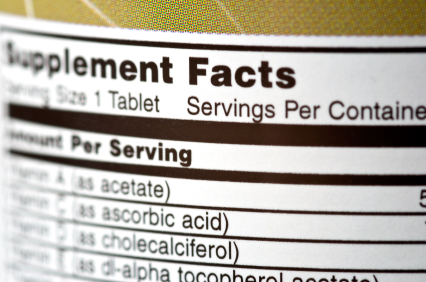

 The FDA posted a new Warning Letter on their site today. The recipient was Yummy Earth Inc., located in New Jersey. It was instantly interesting because this is the second week in a row that the FDA has cited violations for misusing “healthy” nutrient content claims. This new beginning trend started with last week’s letter to KIND, LLC, which has received a considerable amount of attention in the press.
The FDA posted a new Warning Letter on their site today. The recipient was Yummy Earth Inc., located in New Jersey. It was instantly interesting because this is the second week in a row that the FDA has cited violations for misusing “healthy” nutrient content claims. This new beginning trend started with last week’s letter to KIND, LLC, which has received a considerable amount of attention in the press.